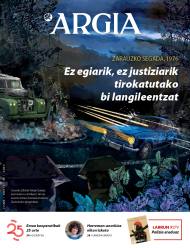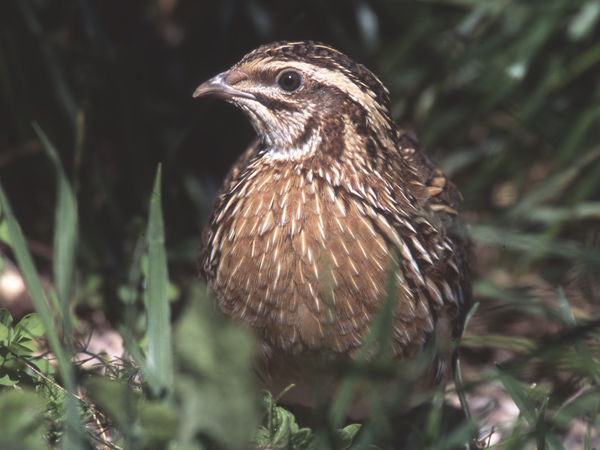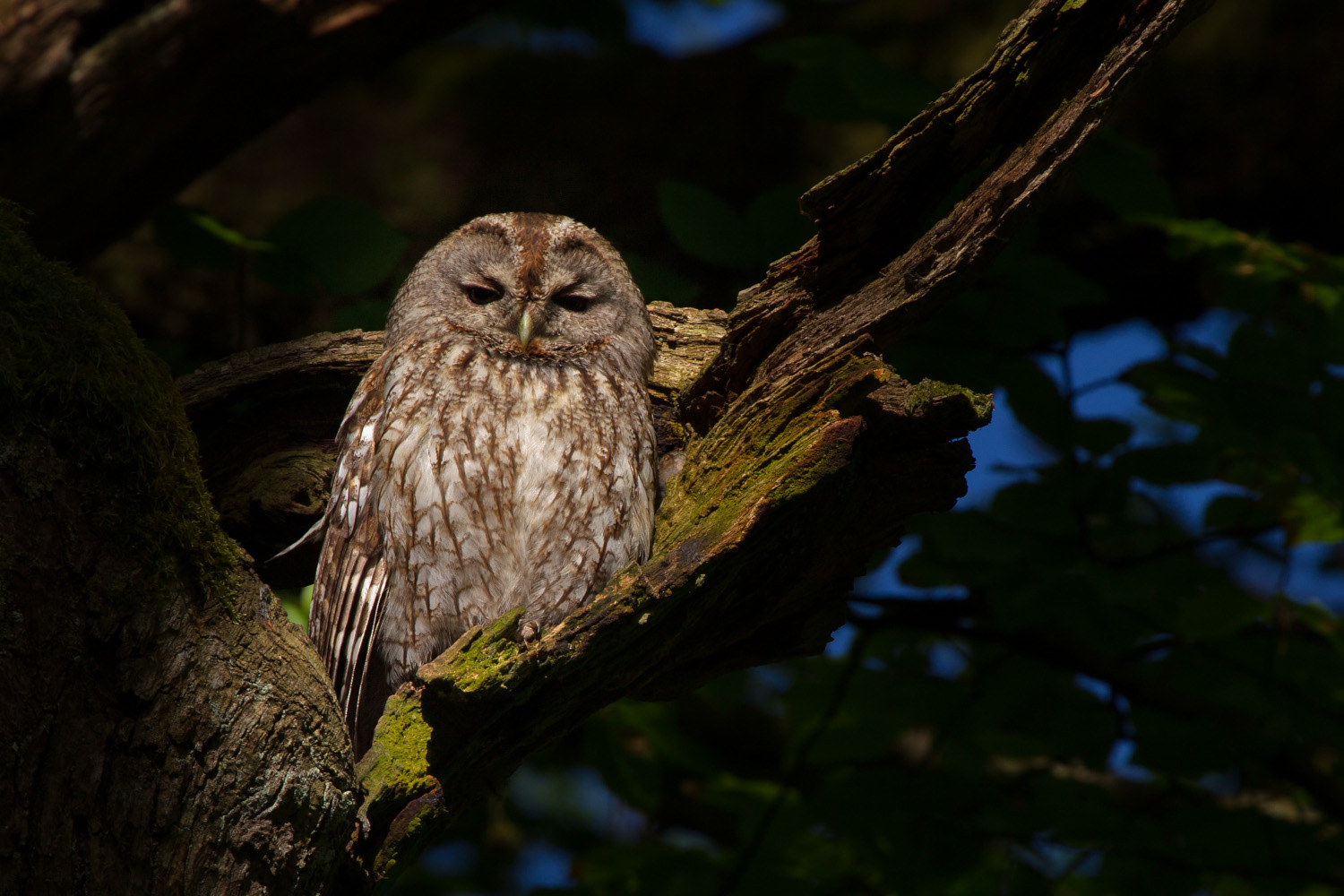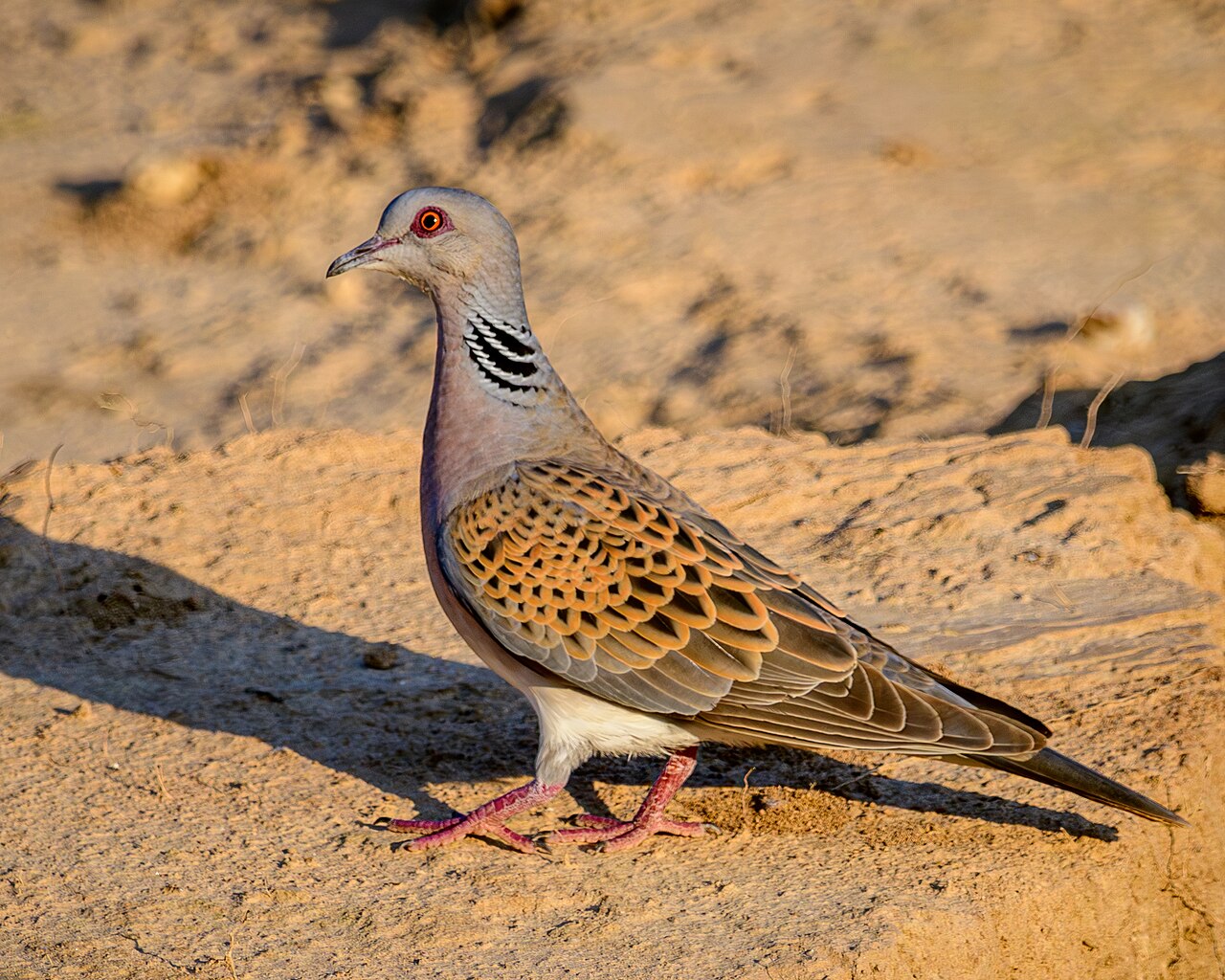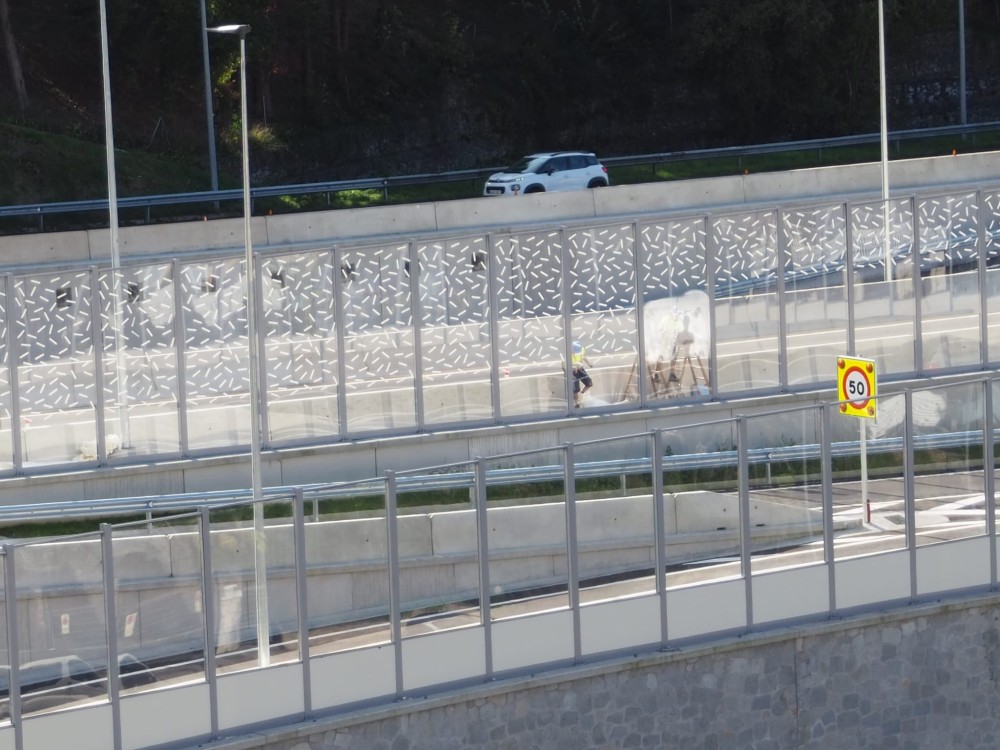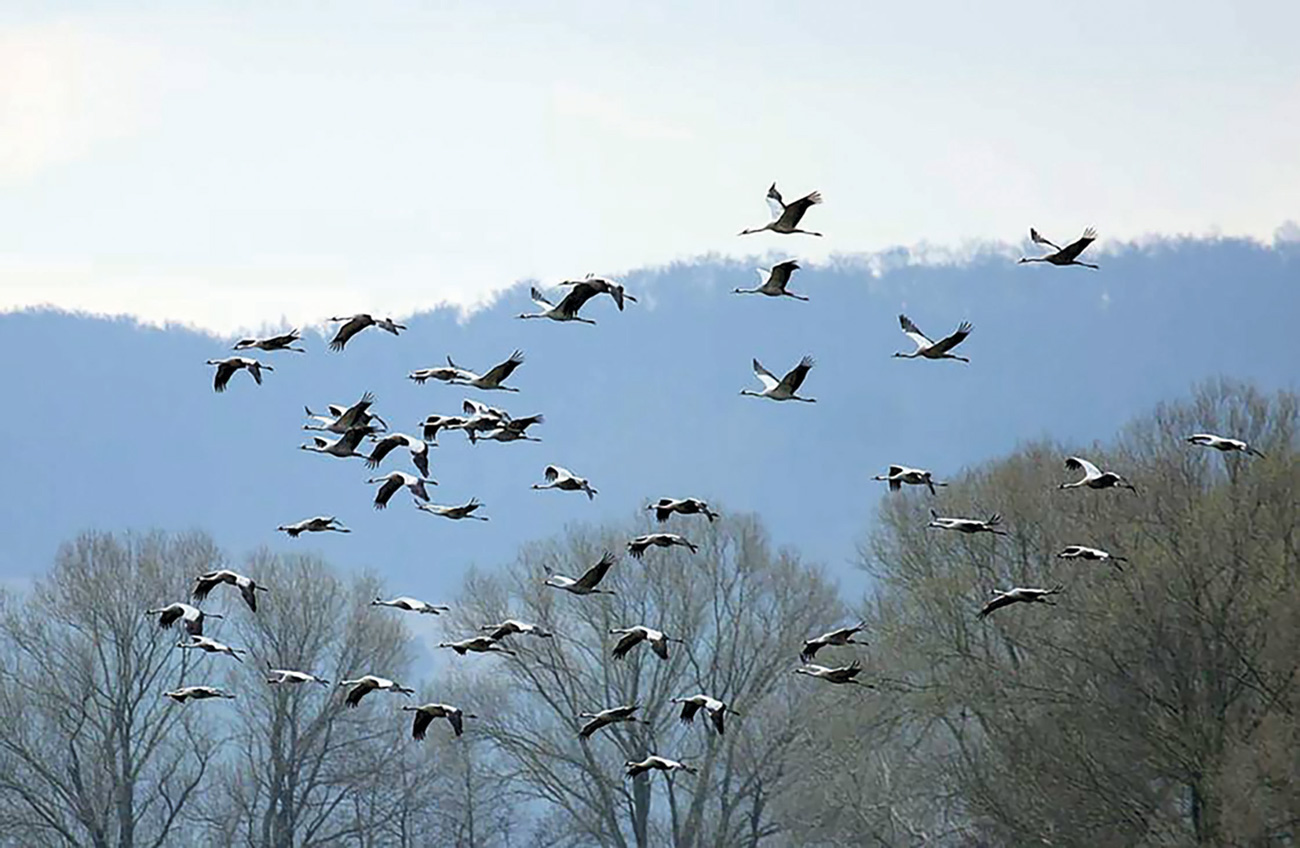“Swallows are the natural insecticide we are dealing with”
- Olatz Aizpurua San Román (Hendaia, 1980) studied Biology at the University of Navarra. It is almost two years since Enara of the Society of Aranzadi Sciences led the project and told us his role with the same enthusiasm and intensity as birds shake their wings. The project was launched in Lezo with the aim of carrying out an awareness campaign in the centre of the town with the subcity of Golondrina. They began to raise awareness and raise the issue to raise awareness about the importance of these birds' functions.
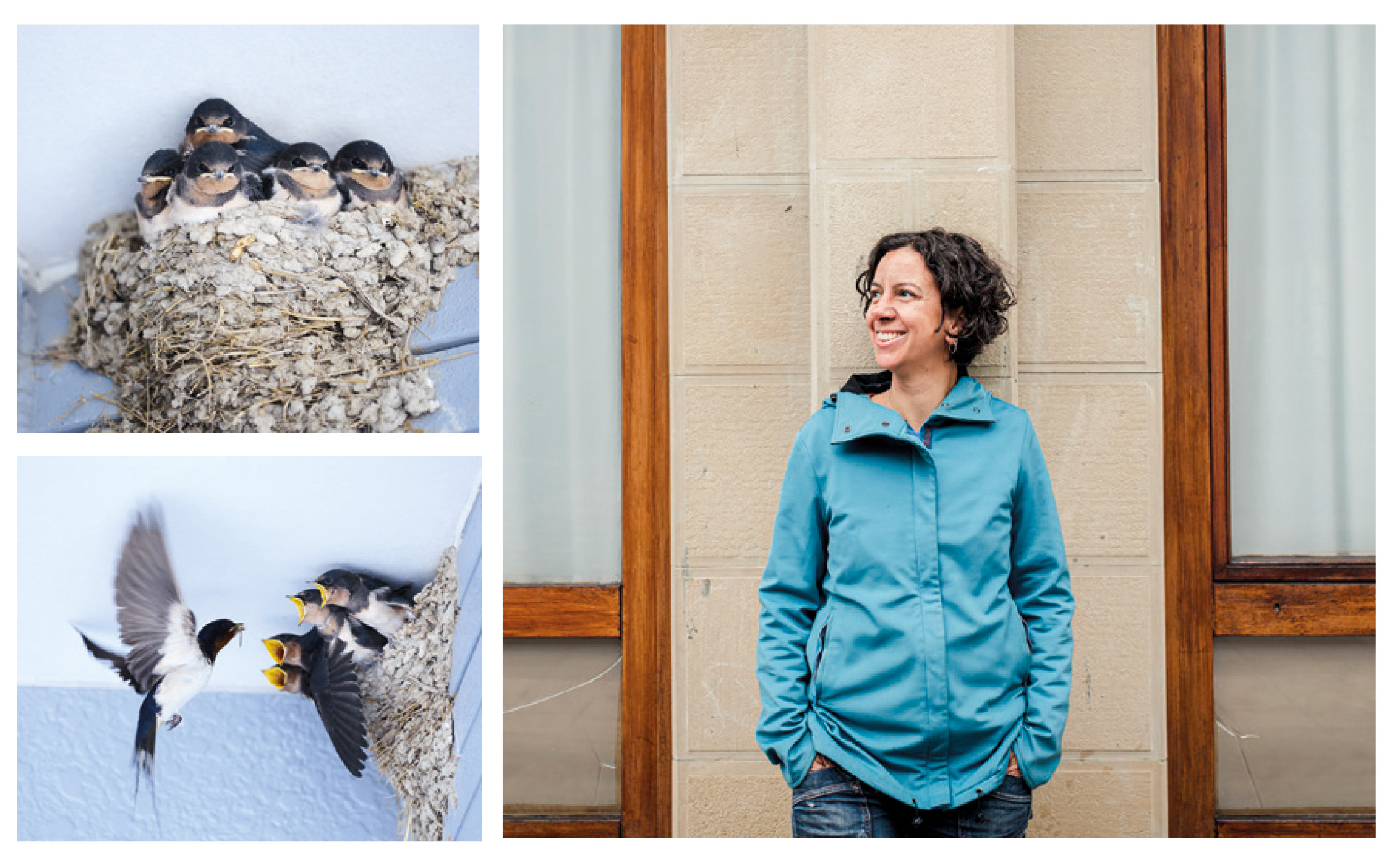
What do they do in the Enaras project?
The Society of Aranzadi Sciences 2021.urteko started the project in January, with the aim of closely investigating the situation of the galas and sensitizing society to its role. We find subarruga, common cespiton and common golondrine, the latter in rural areas. The golondrine solomille nifies its facades and, in some villages, if an awareness campaign is not carried out, that does nothing but disturb the citizens.
Why do swallows interfere?
In short, we want to go to nature, but it's not that nature comes to us and conditions our day to day. We don't want to find bird droppings on our terrace, for example. People throw these nests without considering their damage to the ecosystem and without knowing it's illegal. In Barcelona, for example, before carrying out a reform, we must check whether or not there are nests. They have been working in that direction for fifteen years and we are also taking steps here.
Education is used to raise awareness, but do adults also have a responsibility?
No doubt. We work with two audiences because you can't leave all the burden on the kids. On the one hand, the municipalities hire us to give a conference in the people, and from there we try to create a group, we have achieved it in some villages. The goal of creating a group is to offer the tools we use and involve ourselves in the observation and care of swallows. We use the science portal www.ornitho.eus to collect and disseminate natural information, as well as the naturalist application. They are practical tools to act in the participative model.
What about children?
With children, we do one-hour workshops and they are very interested. We are called educational centers or village houses and we adapt the task and methodology to age. With the little ones, we learn to differentiate the three types of swallows, through drawings, and if we have time, we all together make a nest. The ideal is to do so in spring, as they are migratory birds.
What do they offer in non-formal education?
We try to offer services, but it's not always easy. The ring workshop is the one we offer in non-formal education. The ring office is located in the ornithology department. At the national level, the Aranzadi Ring Office is the oldest, starting in 1949. In Donostia, in the park of Zorroaga, we held the ring workshops.
What is the ring workshop?
We put up vertical nets where ttipas birds get complicated. We carefully put a ring with an identification number and a sender: “Aranzadi – Donostia-San Sebastián”. And we sort and save as much information as possible about every bird. The ring serves us to make a general picture of the situation and powerful studies on migration are also carried out. It's a workshop that kids really like, it's not always done with the public, but sometimes it is.
What is the current general situation? Do we respect swallows? .jpg)
The people who come to the workshops and conferences we organize are already sensitized. These are people who respect nature and its cycles. It is very difficult for us to approach what does not matter and, unfortunately, is a large group of people. Swallows play a great role. They are the natural insecticide we have in our hands, each day consuming 800 insects, 55 kilos of insects a year. We don't want mosquitoes at home, but we don't want the nest of the swallow solomilles. We want our house and our environment as we want, under control and cleanliness. We struggle to share.
Also in the farmhouses, the common swallows needs open stables, and there are fewer and fewer blocks and today most are closed. The common cesped nays under the roofs. It uses native holes and today everything is without holes. Now there are special tiles that allow nesting. If we make a reform, for example, we could take it into account, because the common C-sections are running out of room for nesting.
How do you end the year?
Satisfaction and dissemination of what has been done. We worked especially in Gipuzkoa and would like to reach Bizkaia, Araba and Navarra. In addition, on 26 and 27 November, the Basque Congress of Ornithology was organized in Donostia-San Sebastian, in which the investigations of birds in the Basque Country will be presented. It's an important quote for us. All information is found on the portal www.ornitologia.eus and the possibility to register.
Shaking wings
I don't know if it's a cool night, but Olatz knows how to fly like a goose. He's traveled a lot from one place to the next from the tipi. It has 23 “moves” since its birth, and now that the health epidemic has regulated the possibility of working from home in several companies, it opened the door back to Euskal Herria when they were in Geneva. The four of the house could come to stay. After six years without working for anyone, he decided to return to the labour market. He says that being “at the right time in the right place” has allowed him to be the coordinator of the Enaras project of the Society of Aranzadi. Hegoa keeps shaking.
The LPO bird protection association counts more samples of white stork or stork and black millennia. Bird counts have been taking place in Organbidexka in the upper part of Larraine for 46 years. The stories start on July 15 and end on November 15, but from July 15 to August 15,... [+]









